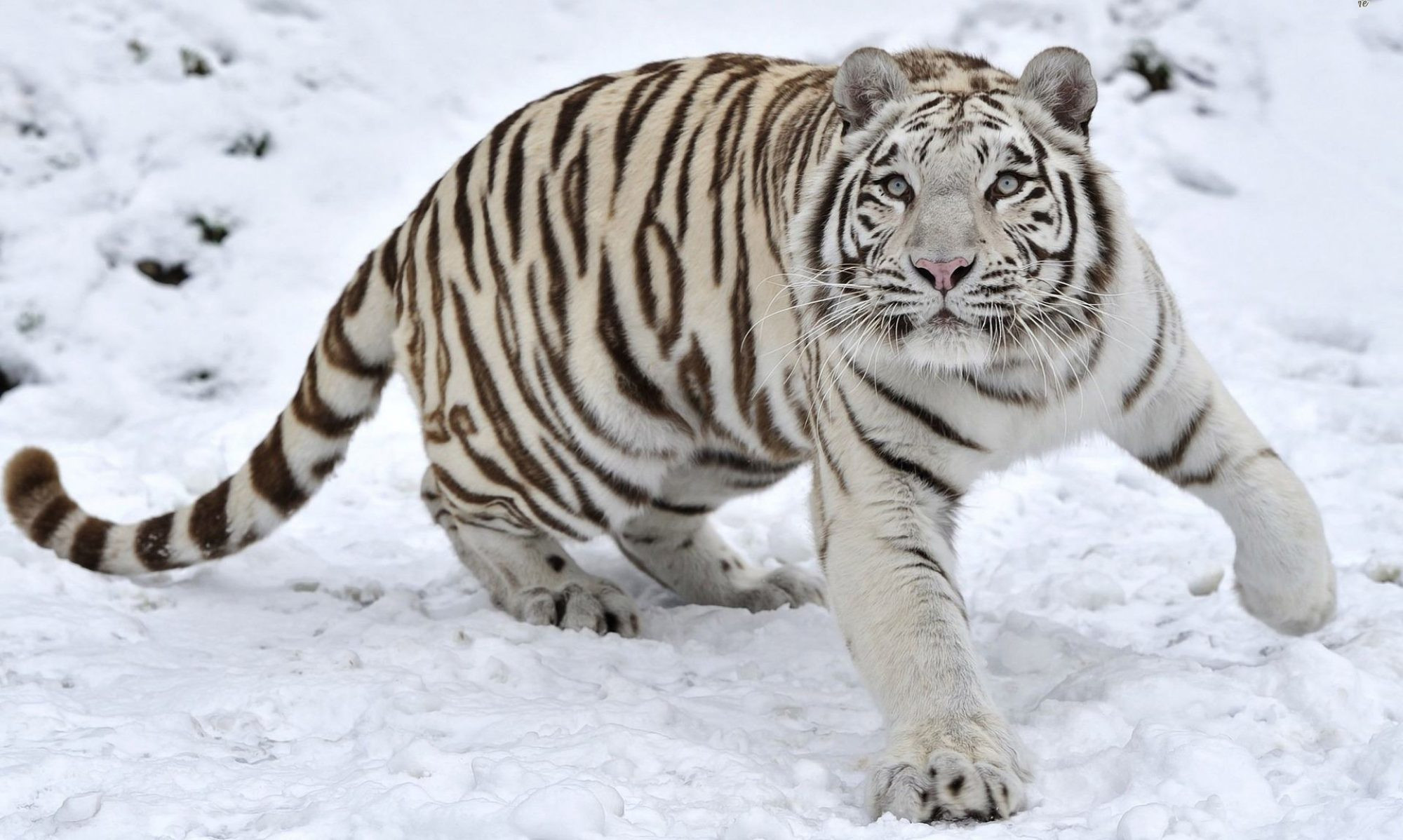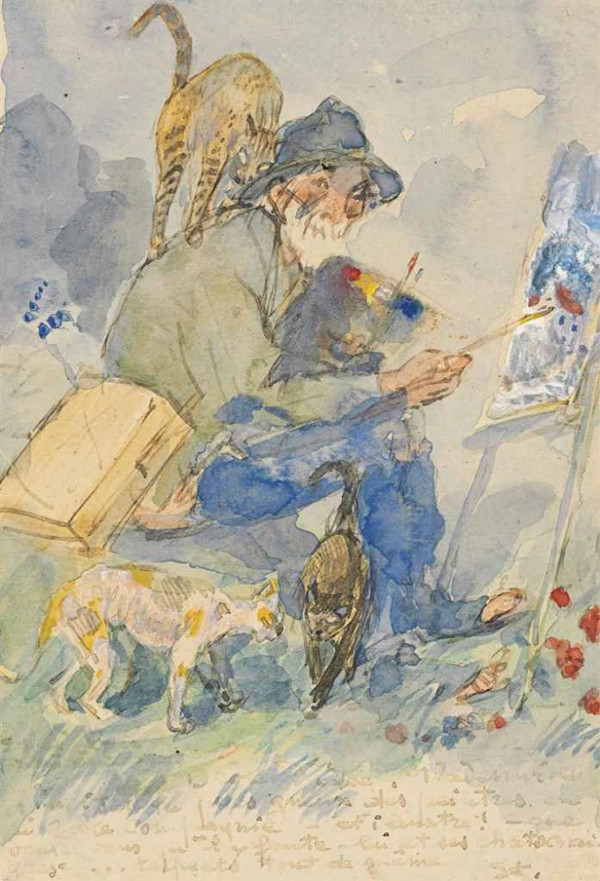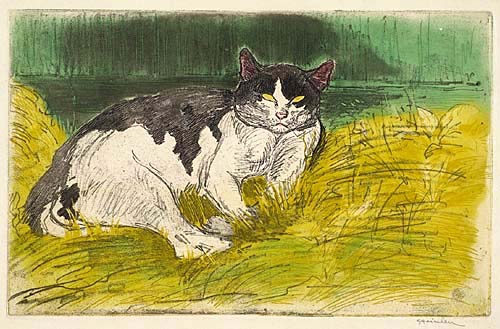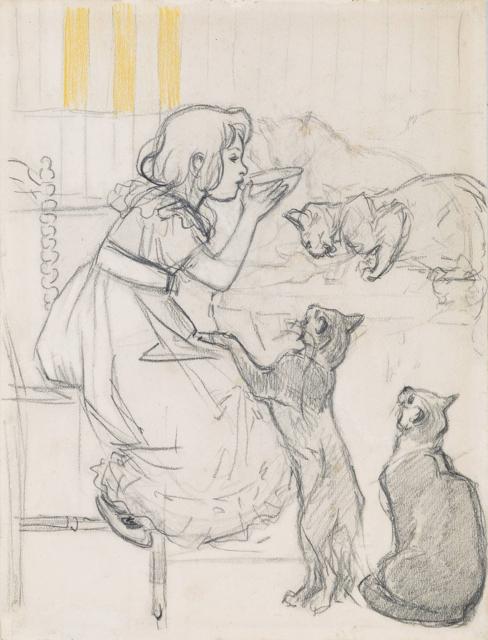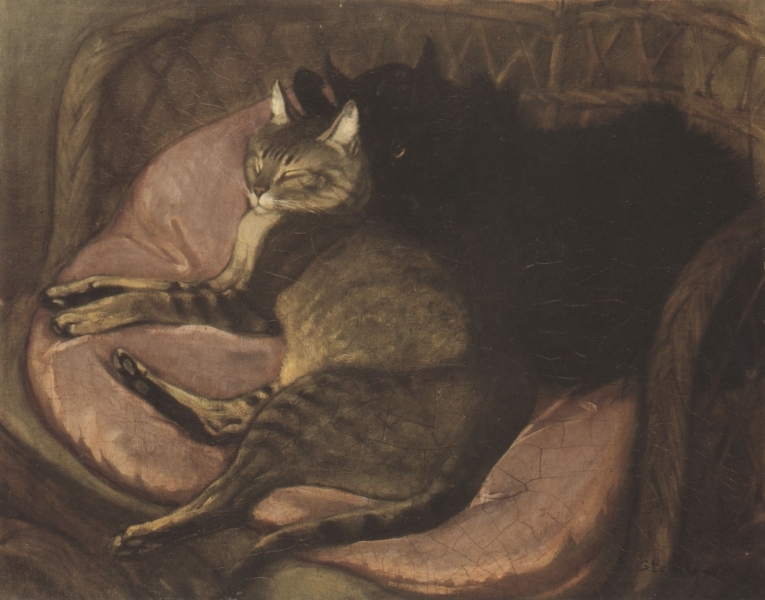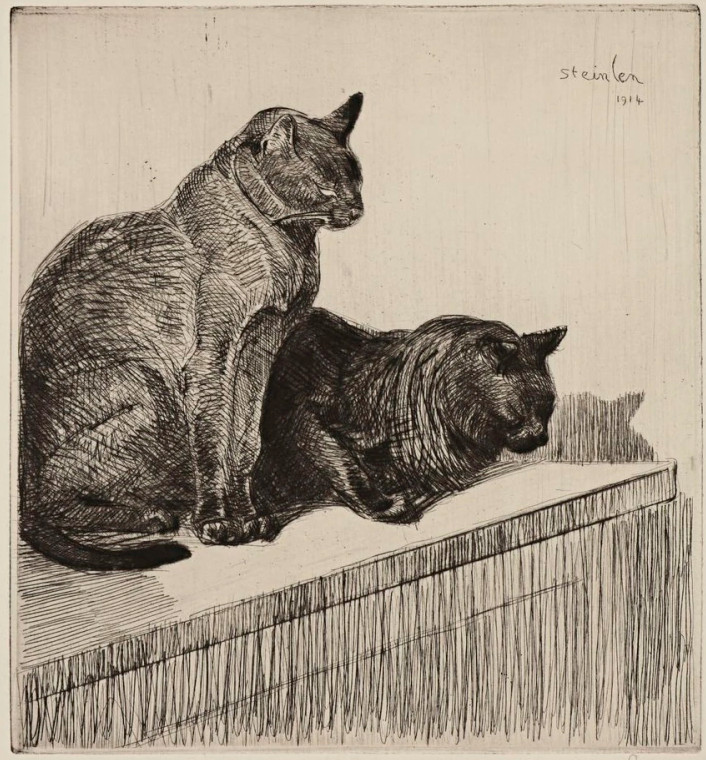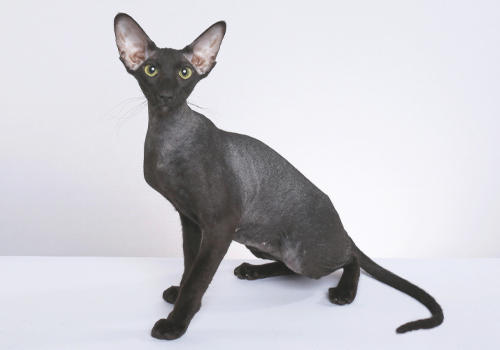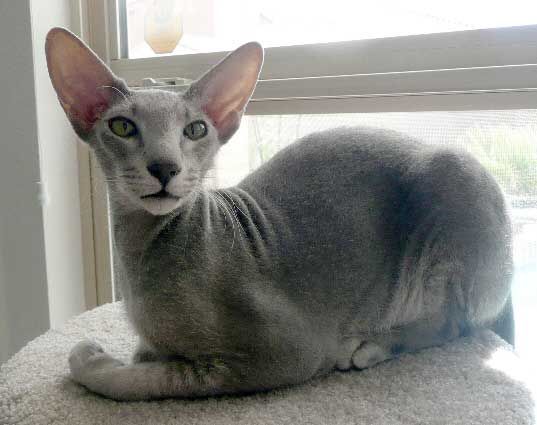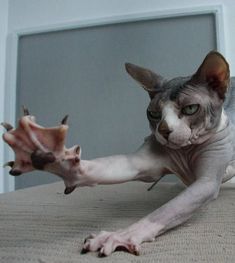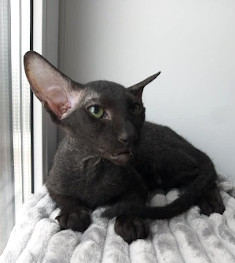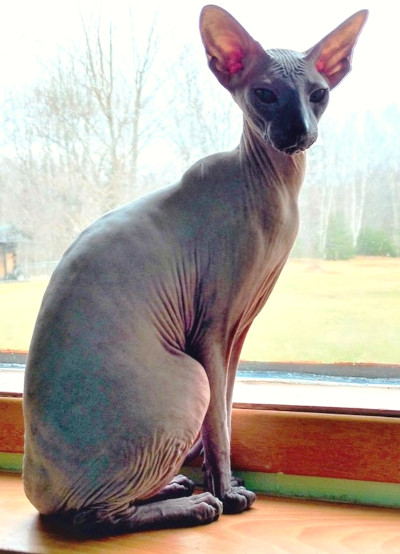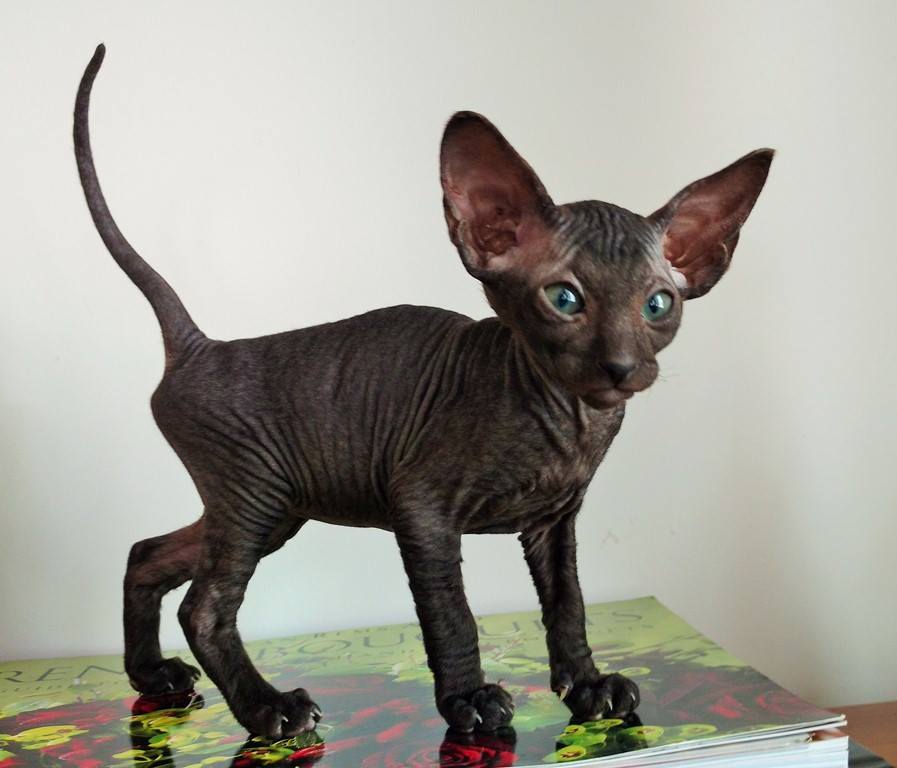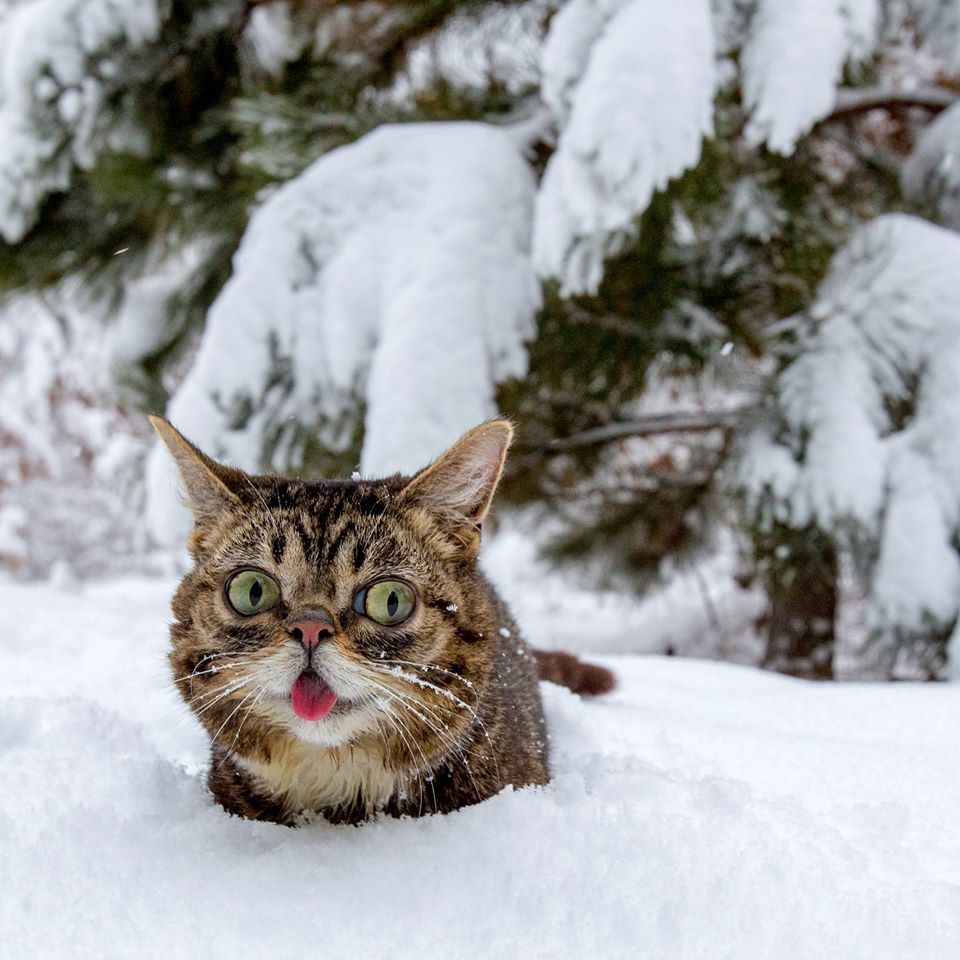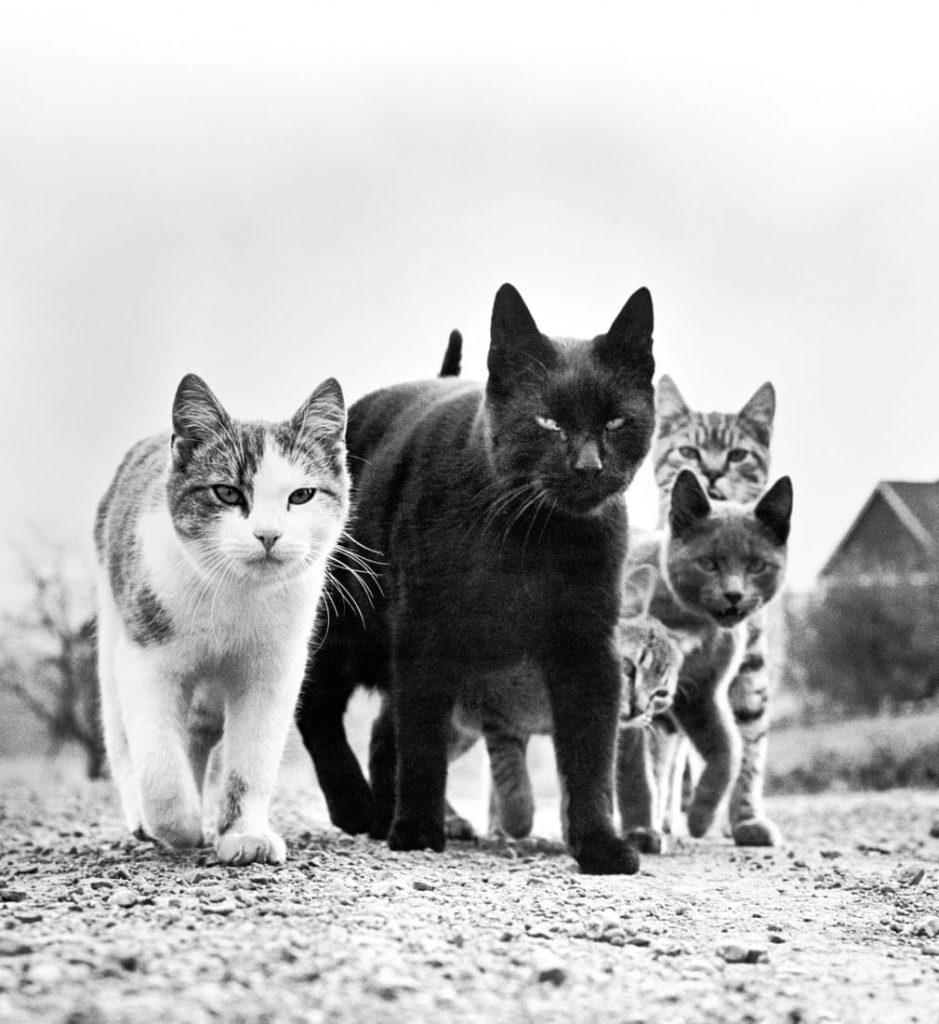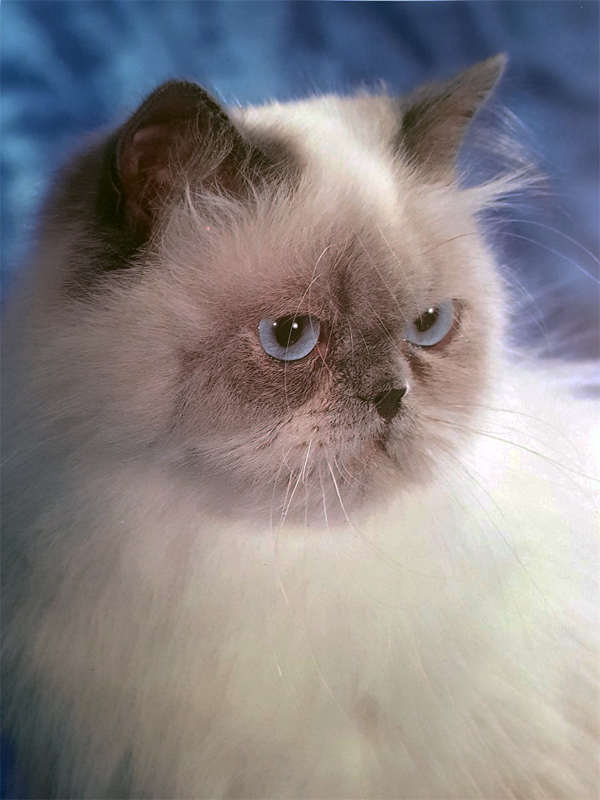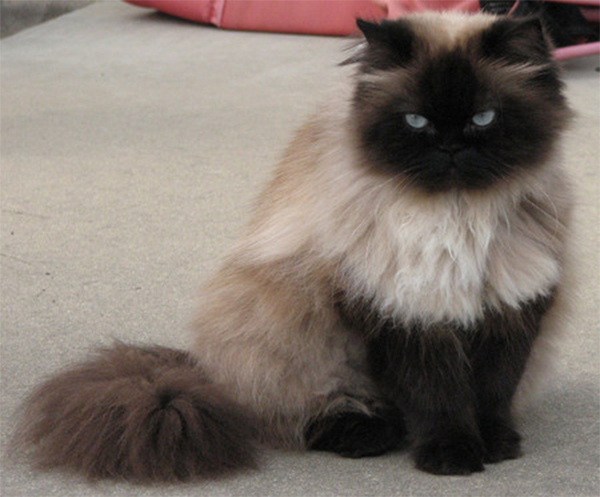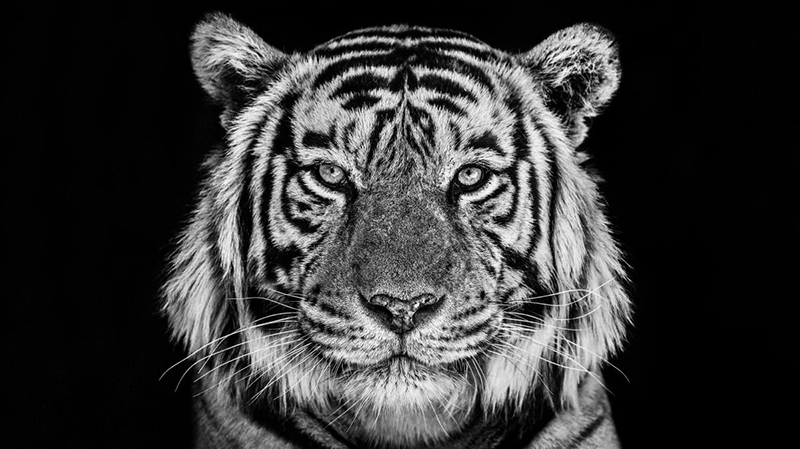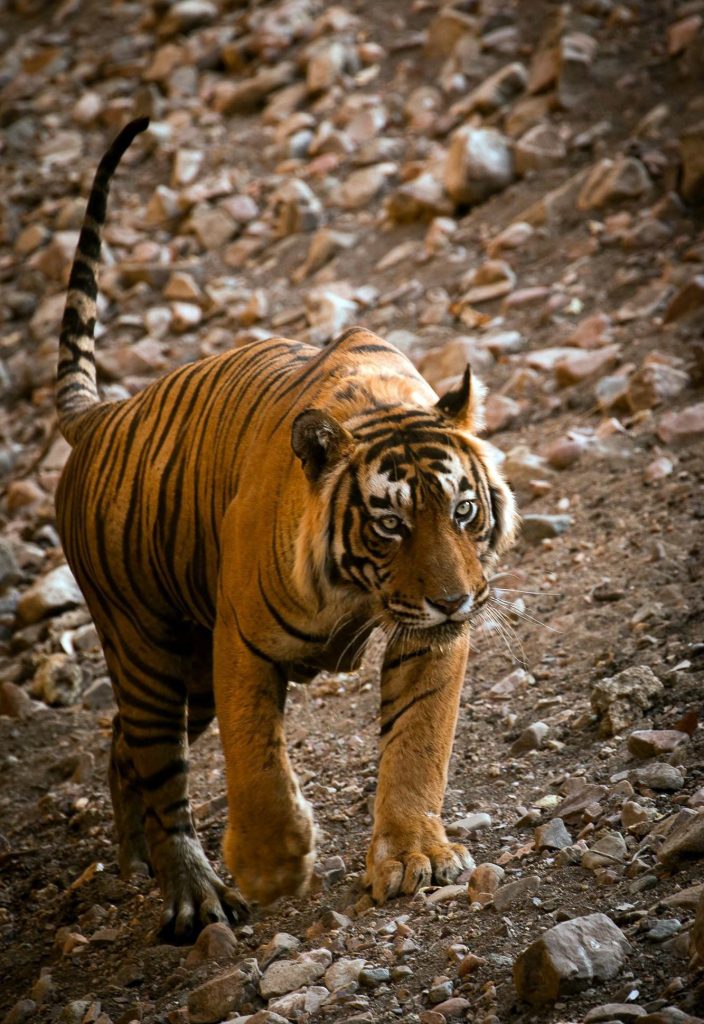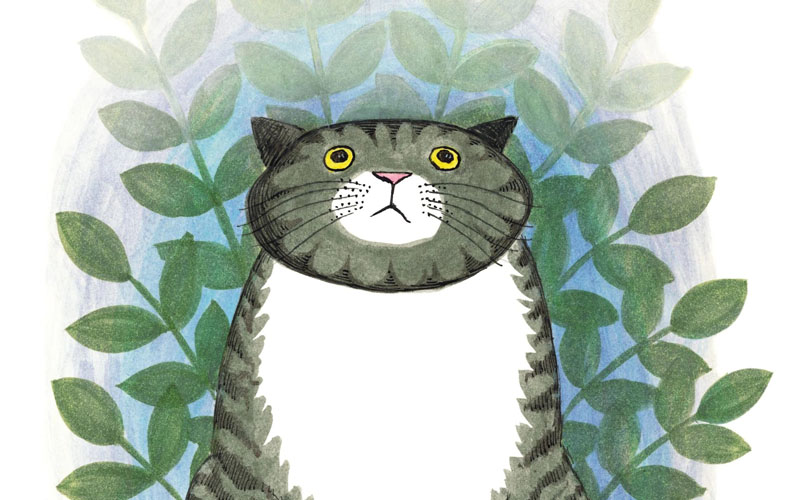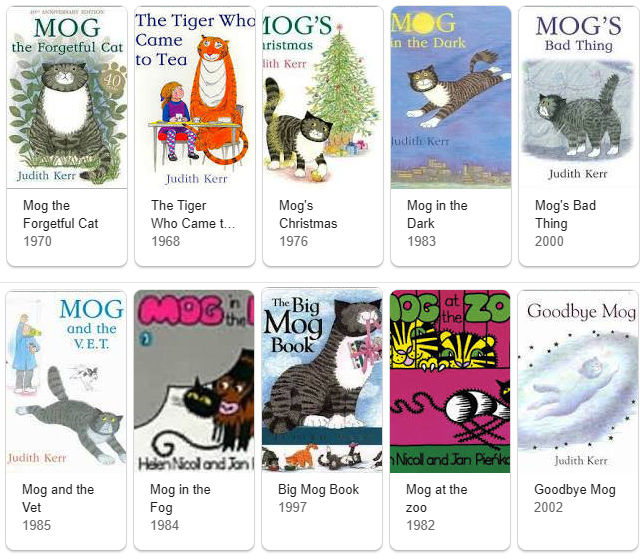Théophile Alexandre Steinlen was born in Lausanne, Switzerland on 10th November 1869. Little is recorded of his childhood, but he went on to study at the University of Lausanne before taking a job as a designer trainee at a textile mill in Mulhouse in eastern France.
Steinlen is well-known for being very fond of Cats. He was fascinated by them and drew, painted and sculpted them many times. He tried to capture each subtlety of their poses and movements, and from looking at his works we can see he has achieved his goal.
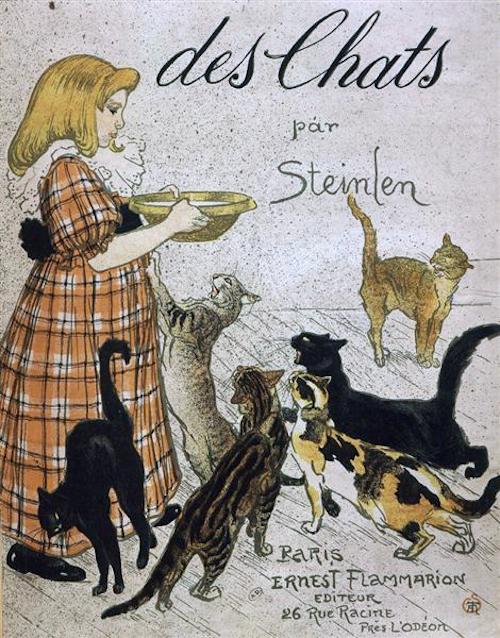
Des Chats. 1889. Looks like half a gallon of Milk in that bowl
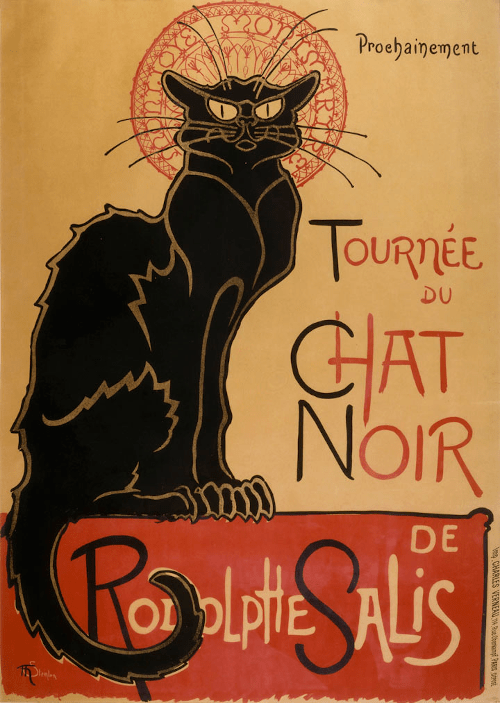
The famous poster of
‘Chat Noir’ Nightclub 1896
Moving with his new wife to the Montmartre Quarter of Paris at the age of 21, Steinlen was befriended by the illustrator Adolphe Willette, who introduced him to the avant-garde literary and artistic environment of the Chat Noir cabaret which had been founded not long before.
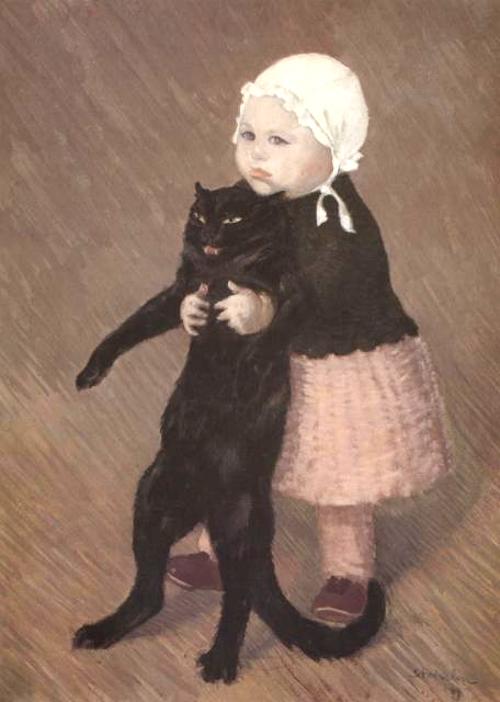
His house on the Rue Caulaincourt was, according to contemporary accounts, a meeting place for all the cats of the arrondissement. In his early years as an artist, he would sell drawings of cats in exchange for food, and in later years a cat began to be incorporated in many of his drawings, magazine illustrations, lithographs or posters, almost to the point of being his unique personal trade mark.
Steinlens’ talent was spotted by owner of the ‘Chat Noir’ Caberet club, Aristide Bruant and he commissioned Théophile to do poster art and illustrations of its satirical and humorous journal, also called ‘Chat Noir’
Steinlen went on to form artistic collaborations with writers such as Emile Zola, poets such as Jean Richepin, composers such as Paul Delmet, artists such as Toulouse-Lautrec, all of whom he encountered at Le Chat Noir.
In the early 1890s, Steinlen’s paintings of rural landscapes, flowers, and nudes were being shown at the Salon des Indépendants. Throughout Steinlen’s life Montmartre became a favorite subject of his work and he often painted scenes of some of the harsher aspects of life in the area. Steinlen undoutedly had a great love and admiration for cats of all kinds, as is seen in his paintings, sketches and sculpture. Cats often find thier way into his paintings of street scenes and alongside the characters he saw on the streets of Paris.
Théophile Steinlen died in 1923 in Paris and was buried in the Cimetière Saint-Vincent in Montmartre.
Today, his works can be found at many museums around the world including at the Hermitage Museum in St. Petersburg, Russia. and the National Gallery of Art in Washington, D.C., United States.

